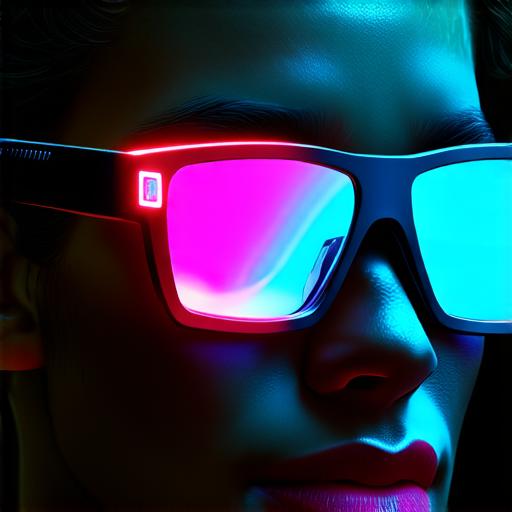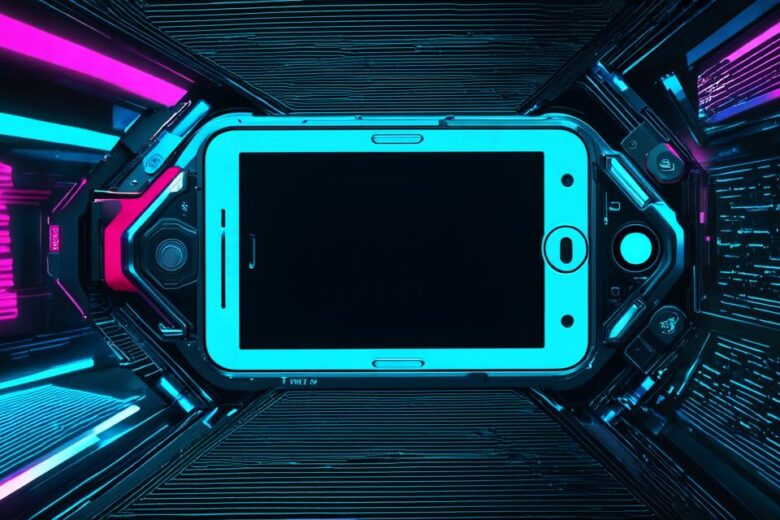Augmented reality (AR) is a technology that allows digital objects to be overlaid on the real world. It has become increasingly popular in recent years, with applications ranging from gaming and entertainment to education and healthcare.
What is Augmented Reality?
AR technology enables digital objects to be superimposed on the real world in real-time. This creates a hybrid environment where physical and digital elements coexist. The term “augmented” refers to the addition of digital information to the real world, while “reality” refers to the physical environment that we experience around us.
AR can be experienced through various devices such as smartphones, tablets, and headsets. It is a powerful tool that allows users to interact with digital content in a more immersive and engaging way.
How does Augmented Reality Work?
The process of creating an AR experience involves several steps. First, the real world environment needs to be captured using sensors such as cameras and accelerometers. This data is then processed by software that uses computer vision algorithms to recognize and track physical objects in the real world.
Once the physical objects are recognized, the software can overlay digital information on top of them. This digital information can include text, images, videos, 3D models, or any other type of content that is relevant to the application.
AR experiences can be designed to respond to user interactions such as gestures, voice commands, or physical movements. For example, a user could use their hand to interact with a virtual object in the real world, or they could speak a command to trigger an action within the AR experience.
Potential Applications of Augmented Reality for AR Developers
AR technology has the potential to revolutionize many industries and applications. Here are some examples of how AR can be used by AR developers:

- Gaming and Entertainment: AR games and entertainment experiences offer a new level of immersion and interactivity. Users can explore virtual worlds, engage with digital characters, and even interact with physical objects in the real world.
- Education and Training: AR technology can be used to create more engaging and interactive educational experiences. Students can learn about historical events, scientific concepts, or language skills through immersive AR simulations.
- Healthcare and Medicine: AR technology can be used to improve patient outcomes and streamline healthcare processes. For example, surgeons can use AR to plan and practice complex procedures before performing them on patients, reducing the risk of errors and improving surgical accuracy.
- Retail and Marketing: AR technology can be used to create engaging marketing campaigns that drive sales and increase brand awareness. For example, Lululemon’s “Virtual Mirror” app uses AR to allow customers to try on clothes virtually, giving them a better sense of how they will fit and look before making a purchase.
Case Studies of Augmented Reality in Action
Here are some real-life examples of AR technology being used in various applications:
- IKEA Place: IKEA Place is an AR app that allows users to visualize how furniture and decor items would look in their home before making a purchase. Users can place virtual objects in their real-world environment, adjust their size and orientation, and even see how they would look in different lighting conditions. This has helped IKEA increase sales and reduce returns, as customers are more confident in their purchases when they have seen the products in action.
